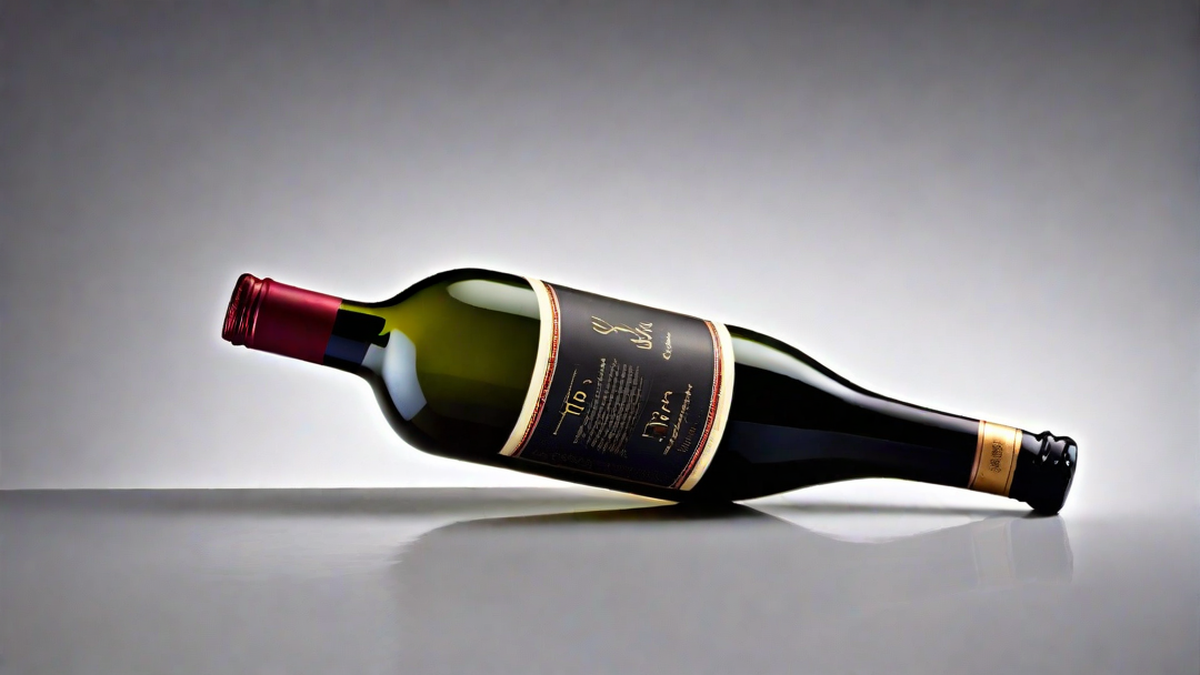As someone who deeply appreciates wine, I’m continually amazed by the complex process involved in producing it. The combination of artistry and scientific knowledge required to create the perfect bottle of wine is something that has always fascinated me. The detailed process, from selecting the best grapes by hand to the aging stage, is vital for the final product.
Grape Selection and Harvesting
The winemaking process begins with the selection of grapes. Each variety of grape has its own unique characteristics that contribute to the flavor profile of the wine. As a winemaker, I pay close attention to factors such as grape ripeness, sugar levels, acidity, and tannin levels. These factors help me determine the optimal time for harvesting.
Once the grapes are ready, the harvesting process begins. Whether it’s done by hand or with the help of machines, the goal is to ensure that only the highest quality grapes are used. I prefer hand-picking as it allows for better control and selection of the grapes.
Crushing and Pressing
After the grapes are harvested, they go through the process of crushing and pressing. This step is crucial in extracting the juice from the grapes, which will later become the base for the wine. Traditionally, grapes were crushed by stomping on them with bare feet. While this method is still used in some wineries for its romantic appeal, modern winemaking techniques use mechanical crushers and presses.
The grapes are first crushed to break the skins and release the juice. The resulting mixture, known as must, contains juice, skins, seeds, and pulp. To separate the juice from the solids, the must is then pressed. The juice obtained from pressing is typically used for higher quality wines, while the juice obtained from the initial crushing is used for more everyday wines.
Fermentation
Now comes the magic of fermentation. The juice, also known as the “must,” contains natural sugars that will be converted into alcohol by yeast. This process takes place in fermentation vessels, which can be either stainless steel tanks or oak barrels. The choice of vessel can greatly influence the final taste and character of the wine.
During fermentation, the yeast consumes the sugar in the must and produces alcohol and carbon dioxide as byproducts. This process can take anywhere from a few days to several weeks, depending on factors such as temperature and the desired style of wine. Throughout this stage, winemakers carefully monitor the temperature and sugar levels to ensure optimal conditions for fermentation.
Aging and Bottling
Once fermentation is complete, the wine is transferred to barrels or tanks for aging. This stage allows the wine to develop its flavors, aromas, and textures. The choice of aging vessel, such as oak barrels or stainless steel tanks, can significantly impact the wine’s taste and complexity. The length of aging varies depending on the type of wine, with some wines aging for just a few months and others for several years.
After the aging process, the wine is ready to be bottled. This is done with great care to ensure that the wine remains free from any contamination. The bottles are filled, corked, and labeled, ready to be enjoyed by wine enthusiasts around the world.
Conclusion
The winemaking process is a labor of love, requiring patience, skill, and attention to detail. Every step, from grape selection to bottling, has a significant impact on the final product. As a wine enthusiast, I appreciate the dedication and passion that goes into crafting a bottle of wine. So the next time you raise a glass of wine, take a moment to savor the history and craftsmanship that brought it to your table.




